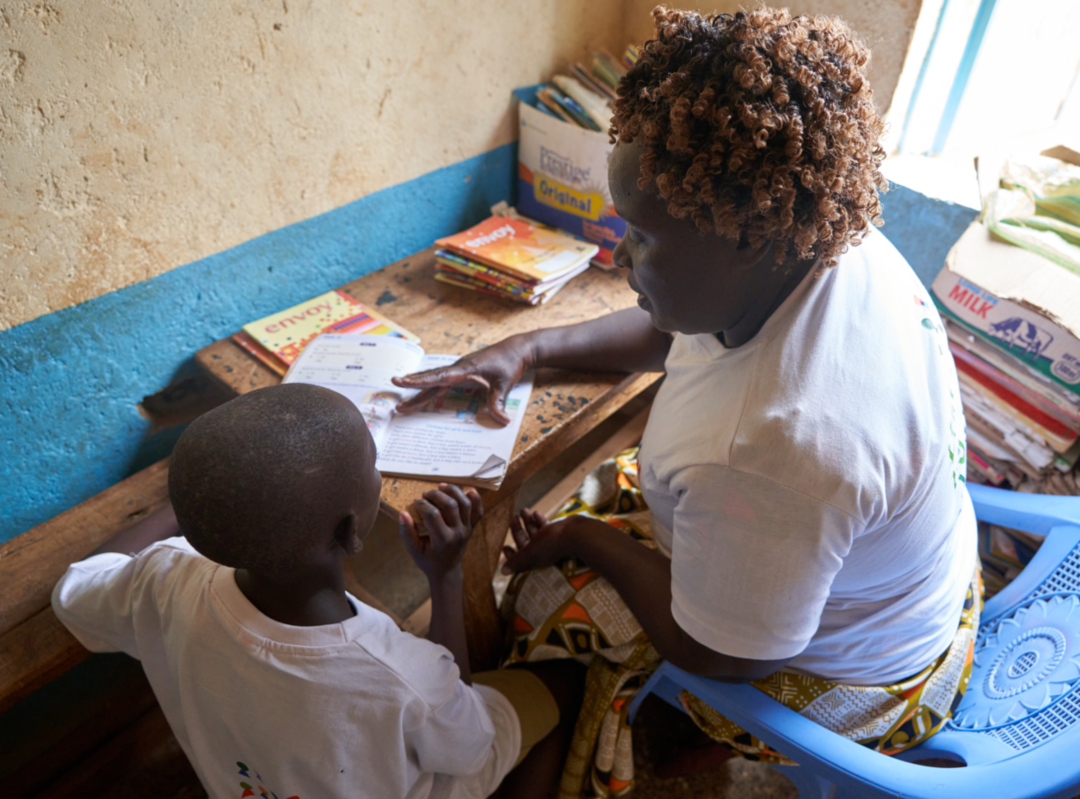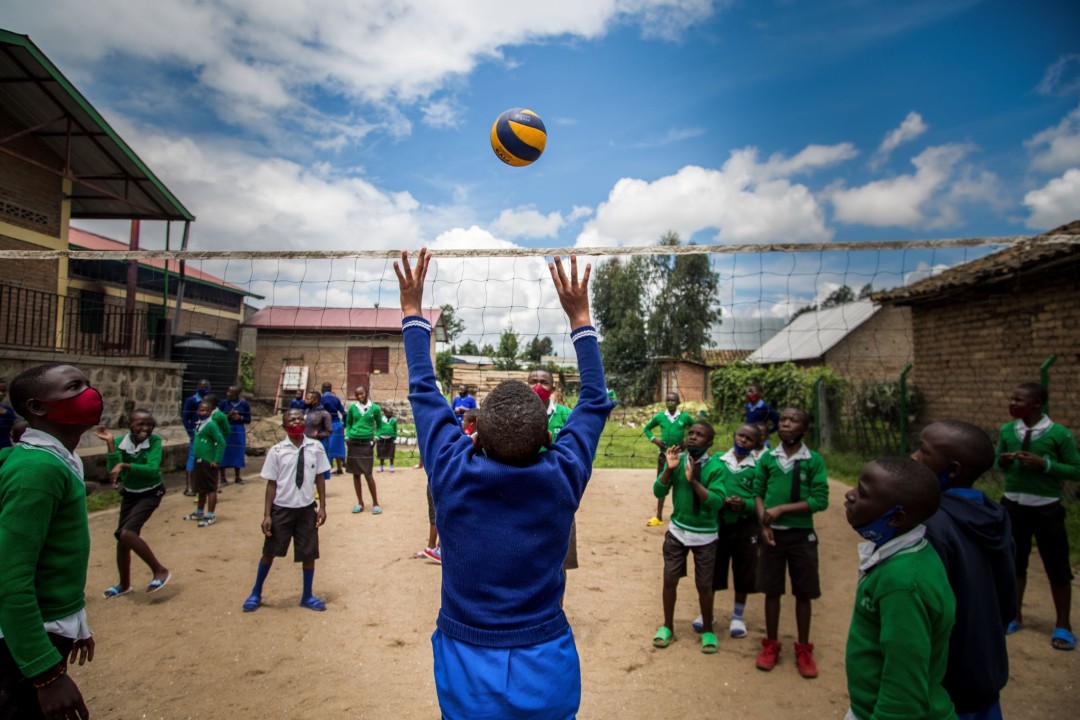Education: a right for every child
The project aims to provide quality inclusive education for 1,200 out-of-school children including girls, children affected by conflict, and children with disabilities and special educational needs at schools and accelerated learning centers in North Kivu, Eastern Democratic Republic of Congo. Working with the local partner Children’s Voice, Chance for Childhood will screen and enroll 1,200 out of school children in either three accelerated learning programs or nine mainstream schools. Activities also include strengthening the capacity of 80 local educators (50 teachers and 30 school teachers), recruiting and training 15 learning support assistants (LSA). The LSA will provide individualized support to children identified as having a disability or learning need enabling them to access the curriculum effectively. The children will also receive specialized psychosocial support. 200 families of the most vulnerable children will be supported to increase their income thanks to activities such as village and savings loans associations and business grants. This will ensure the children stay in school once the project has come to an end.
Founded in 1992, Chance for Childhood is a UK based charity. Its mission is to work in Africa to support the most vulnerable children, such as street children, disabled children, children affected by conflict and kids behind bars.
News
Type
EducationDuration
March 2024 - February 2027Location
Goma / Democratic Republic of CongoWith whom
Chance for Childhood
Children's Voice
Website
www.chanceforchildhood.org


Democratic Republic of Congo
Population
84 million (2018)
Per Capita Income
USD 490/year (2017)
Poverty rate *
64% (2011)
Literacy rate
85% (2016)
Human Development Index
176th out of 189 countries (2018)
The Democratic Republic of Congo (DRC) is the largest Francophone country in Africa and endowed with vast natural resources. It has over 80 million inhabitants, fewer than 40% of whom live in urban areas. The country is still recovering from a series of conflicts that broke out in the 1990s, creating a prolonged economic and social collapse. DRC is now the second largest hunger crisis in the world after Yemen. Since 2016, the long-running crisis in the east has forced some 4.8 million internally displaced persons to flee from their villages and lose their agricultural livelihoods and jobs. The number of food-insecure people almost doubled from 7.7 million in 2017 to 13.1 million in 2018. Access to food is a daily struggle for a significant part of the population, and an estimated 5 million children are acutely malnourished. Nevertheless, subsistence farming is prevalent in DRC, with families producing 42% of the food they consume.
Sources: World Food Program, UNICEF, World Bank, 2016 Human Development Report, Human Development Indices and Indicators (2018 Statistical Update)
*The percentage of the population living below the national poverty line.